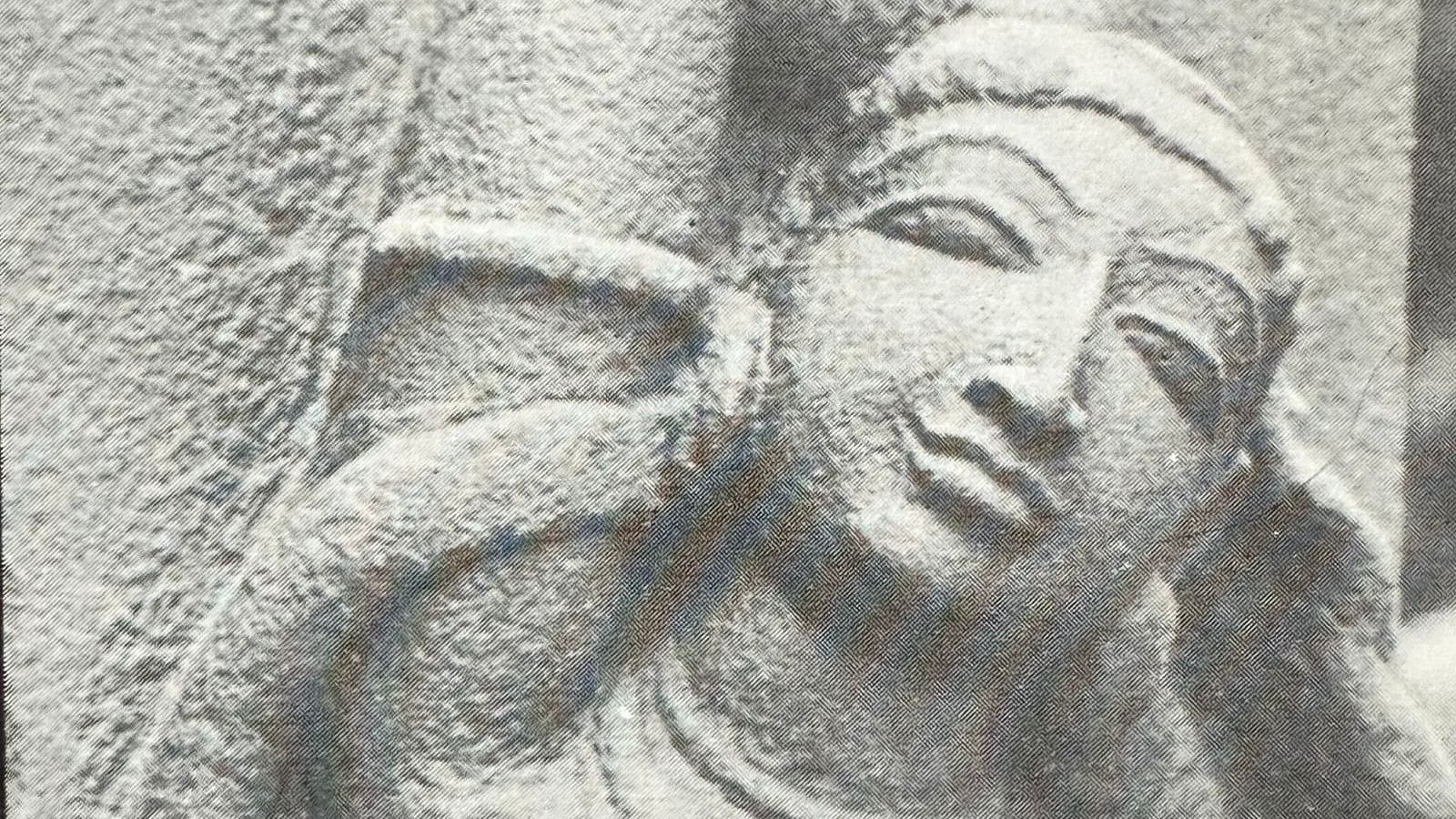
Credit: Special Arrangement
Karnataka has a great rock architecture and sculptural tradition. The Bahubali statues in Shravanabelagola, Karkala and Venur, the Ugra Narasimha statue in Hampi, the exquisite sculptures at Belur and Halebeedu temples, the rock architecture at Badami, Pattadakal, and Aihole are testimony to this great tradition.
Sculptor and teacher Devalkunda Vadiraj (1929-1993) not only carried on the hoary tradition, but also added his modern touch. He was born in Devalkunda, a village in Kundapur taluk of Udupi district. Vadiraj’s love for art came from his family and his surroundings. He came from the family of a head priest. As a child, he feasted his eyes on the exquisitely sculpted Vishnu and other icons in the temple.
After losing his father, he moved to the temple town of Nanjangud along with his mother. Here, the seven-tiered gopura of the Srikanteshwara temple, crammed with sculptures and countless icons, opened up a new world of beauty. The figures, in niches all around the outer walls of the temple, fascinated him. As a boy, he sketched the figures all day. After his mother’s death, the orphaned boy moved to Mysuru, doing odd jobs for a living.
Somehow, he managed to join the Chamarajendra Technical Institute, where the famous artist duo Ganapathappa and Venkappa took him under their care and taught him how to carve in sandalwood and ivory. He mastered the basic skills of drawing, carving and figure composition, attaining a high degree of proficiency.
A turning point came in the form of his mentor, Hariharan, a disciple of Nandalal Bose at Shantiniketan who studied ceramics in Japan. Recognising Vadiraj’s potential, Hariharan encouraged him to study books on art, visit the great temples of India and copy the works of old masters. He enriched his learning by travelling to compare the different schools of stone sculpture — Chola, Pallava, Chalukya, and Hoysala — always seeking within them a style and an identity true to himself.
All these exercises kindled a spark in Vadiraj’s psyche to produce art pieces on the lines of traditional sculptors who had immortal legacies.
A new idiom
Vadiraj worked in the regional design centre for six years from 1955 and perfected his skills to evolve a new idiom to express his creativity. He left the centre to be independent and create beautiful things in the traditional style. Though he struggled initially, his efforts gradually resulted in success and orders came from all corners.
He extended his expertise in varied media: Ivory wood, stone, fibreglass, plaster of Paris, and metal. When Vadiraj took up an art project, he pondered over the theme, got an idea, and prepared an elaborate drawing.
He then proceeded to execute the project only after he felt a deep connection to it. This discerning approach helped him attain the highest standards for his creations. His large Buddha in a temple garden in Kyoto, Japan, is proof of his international recognition.
Later, he established the Shilpakala Pratishtana, a school, and organised camps and workshops for young sculptors to learn traditional art. A teacher’s greatness is manifested through his students. Likewise, many of Vadiraj’s students won laurels and awards for their work.
Some have gone on to win the prestigious Kamaladevi awards instituted by the Crafts Council. One of his accomplished students was Kanaka Murthy, who worked primarily in stone and received many awards. Vadiraj himself won several awards and honours, the most prestigious being the President’s Award (1965) and the Rajyotsava Award (1987).
Considering Vadiraj’s rich legacy, he can be regarded as the founder of modern sculpture in Karnataka, while also being a sentinel of traditional sculpture.
Credit: Special Arrangement
Credit: Special Arrangement
Credit: Special Arrangement